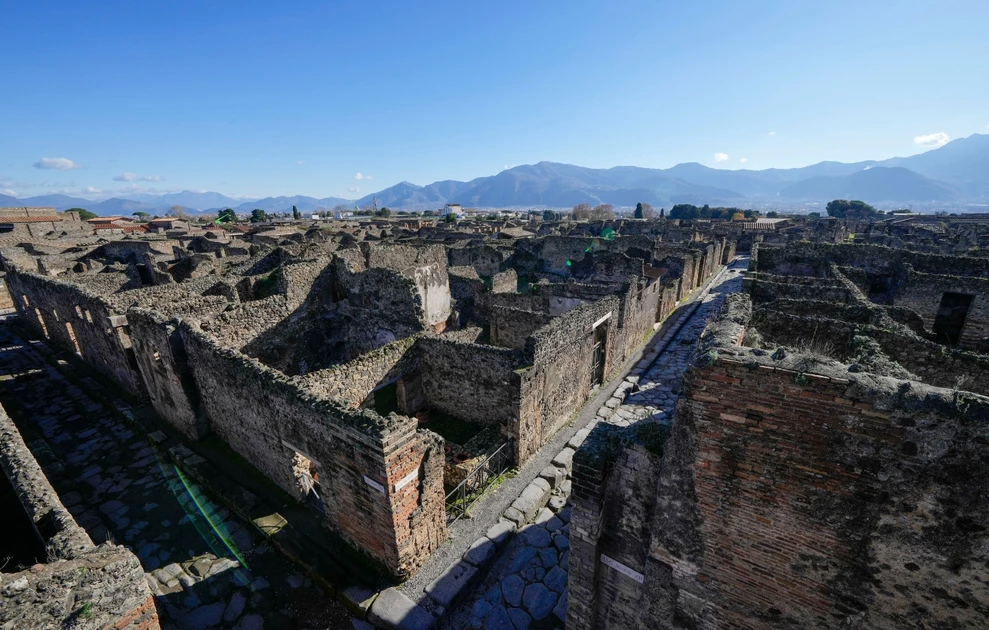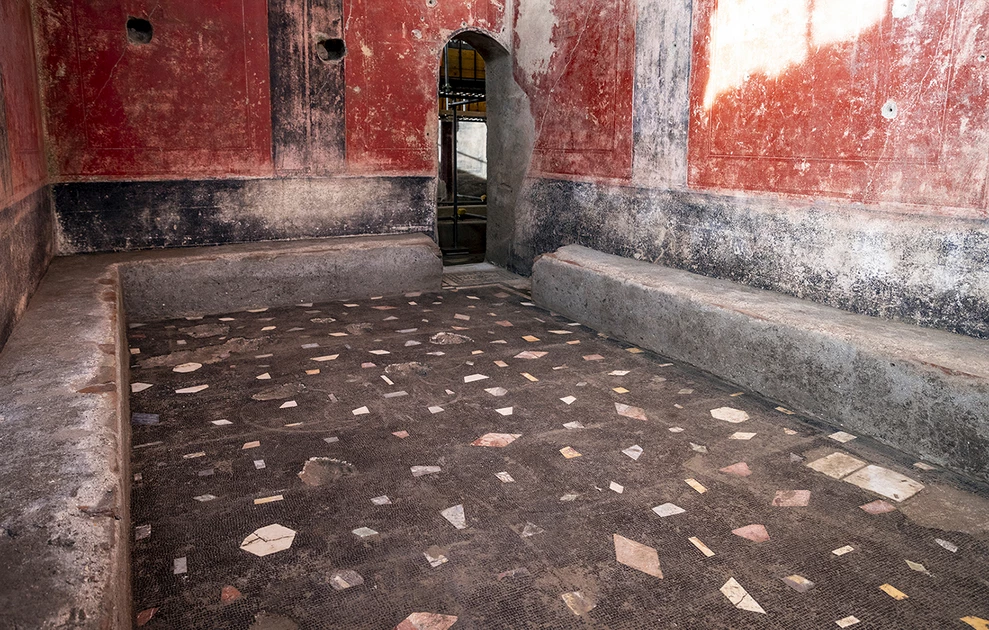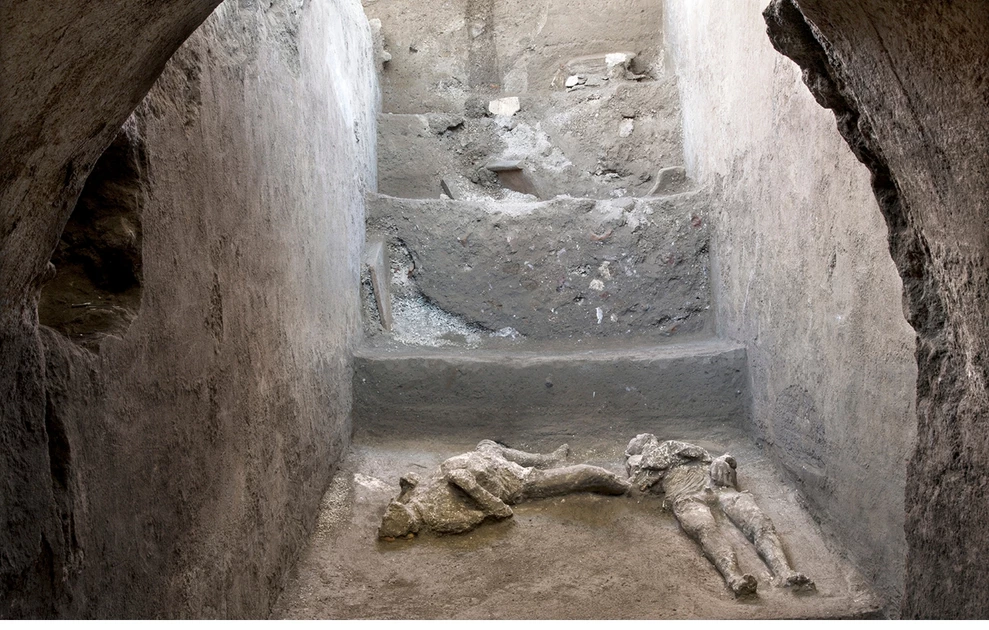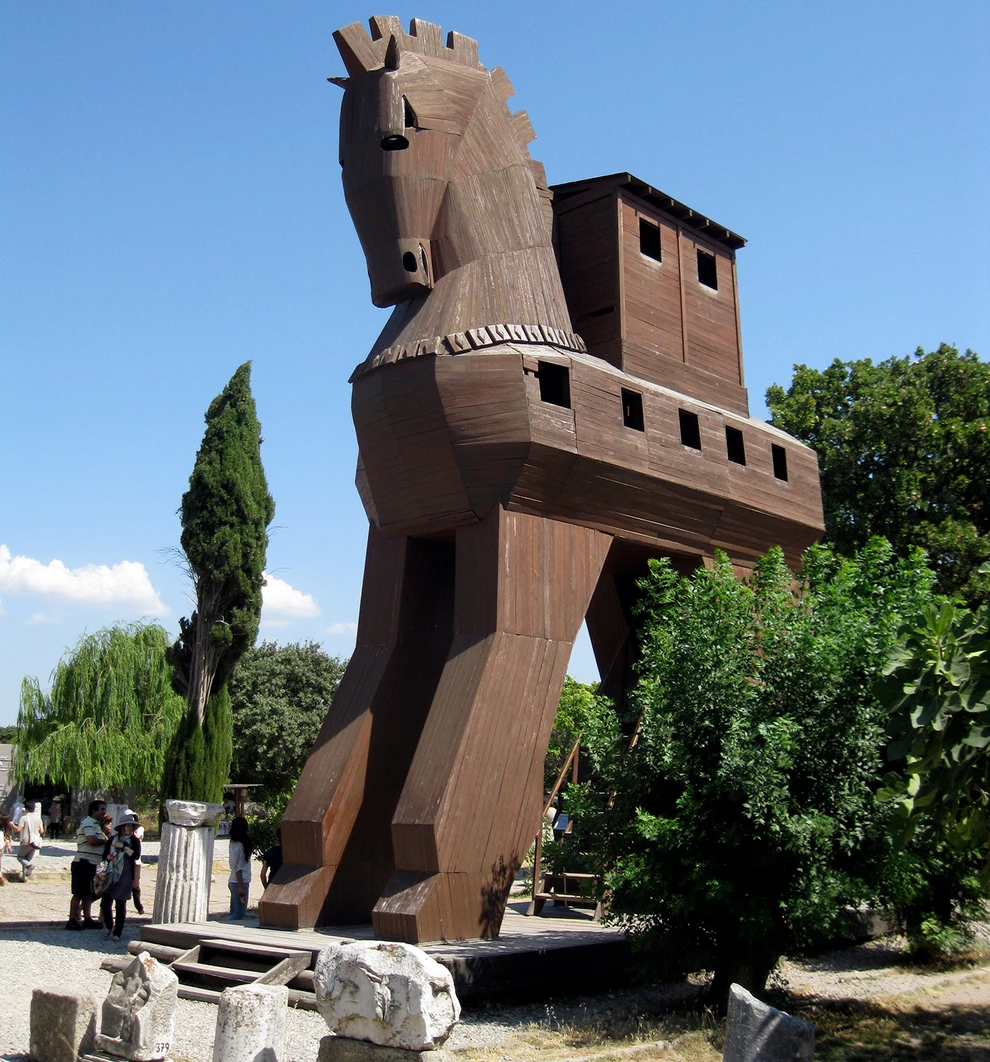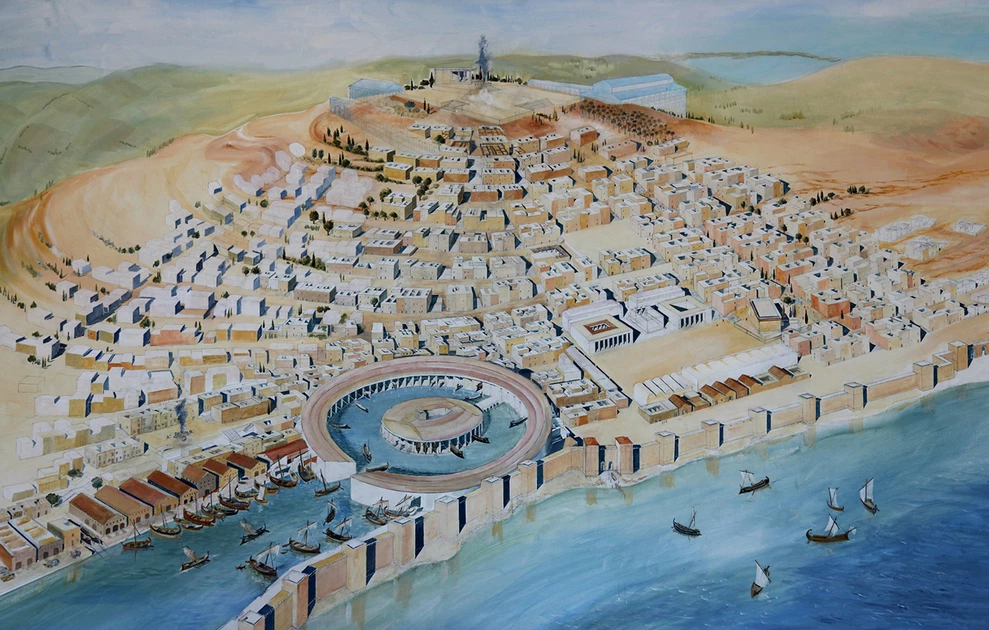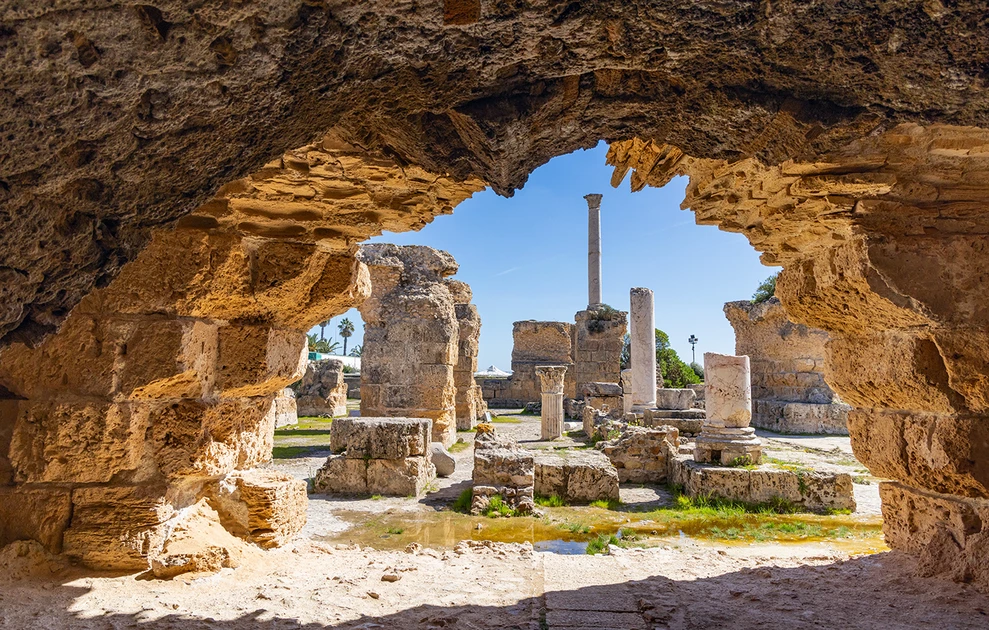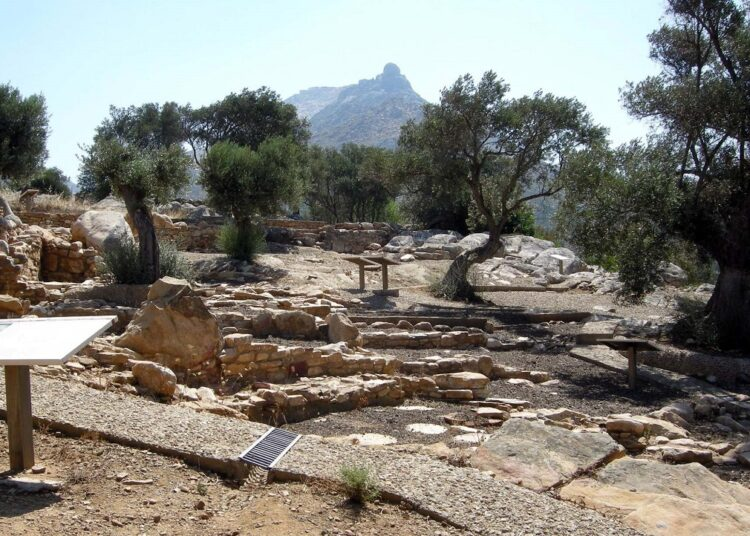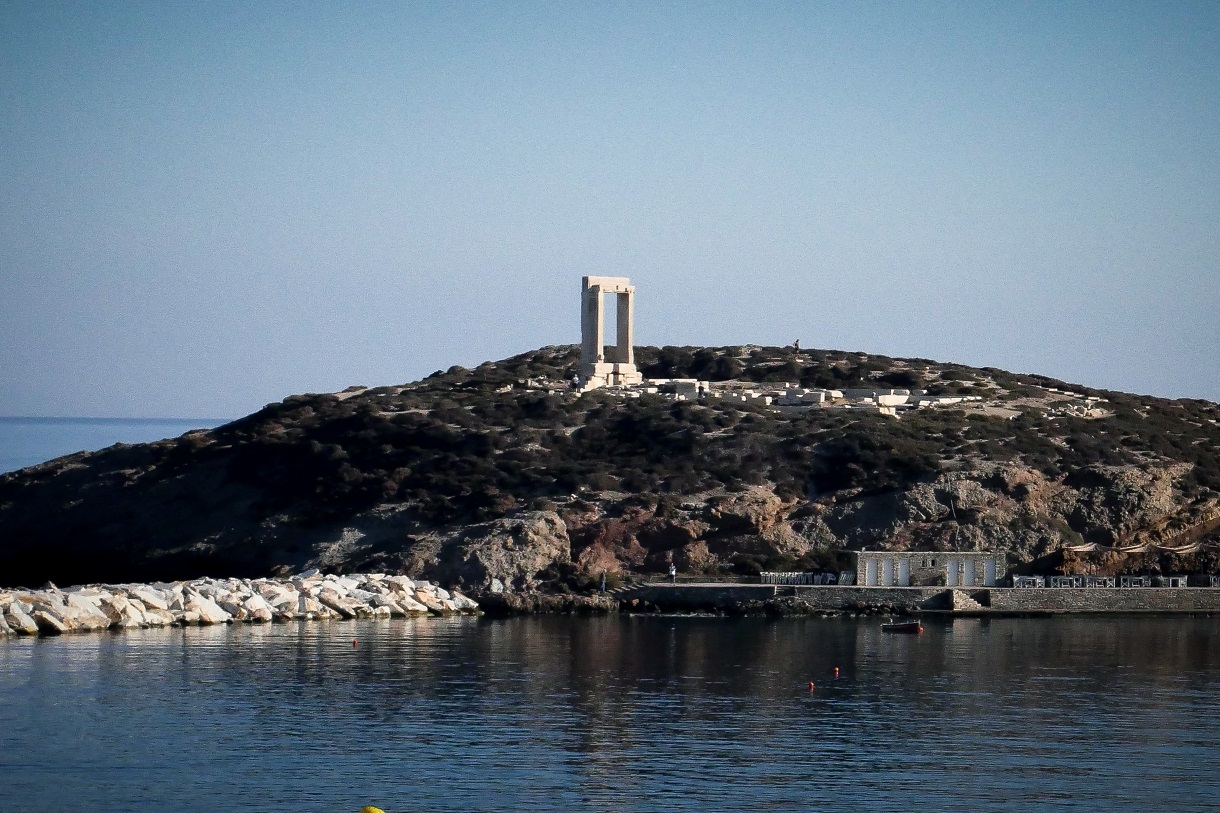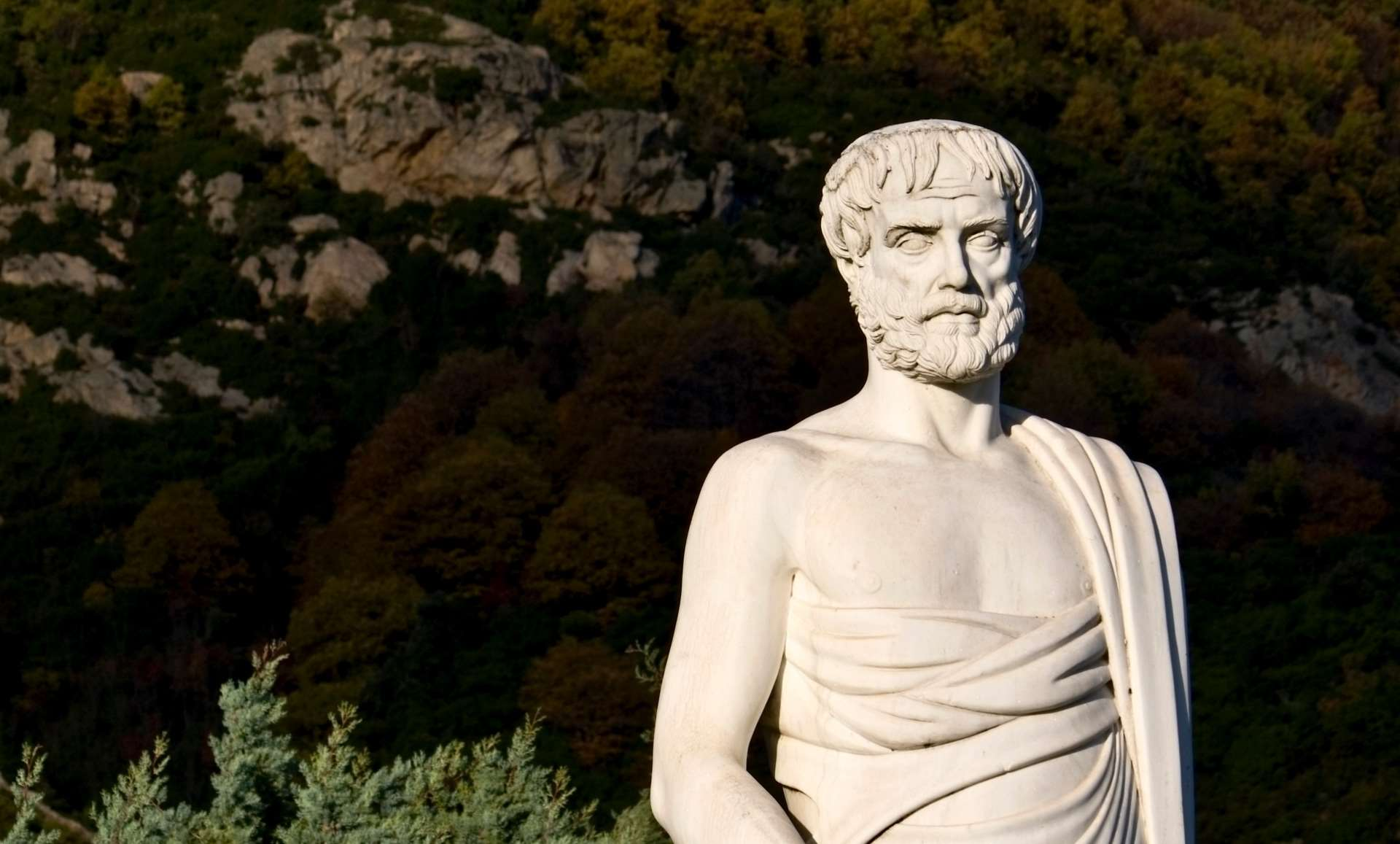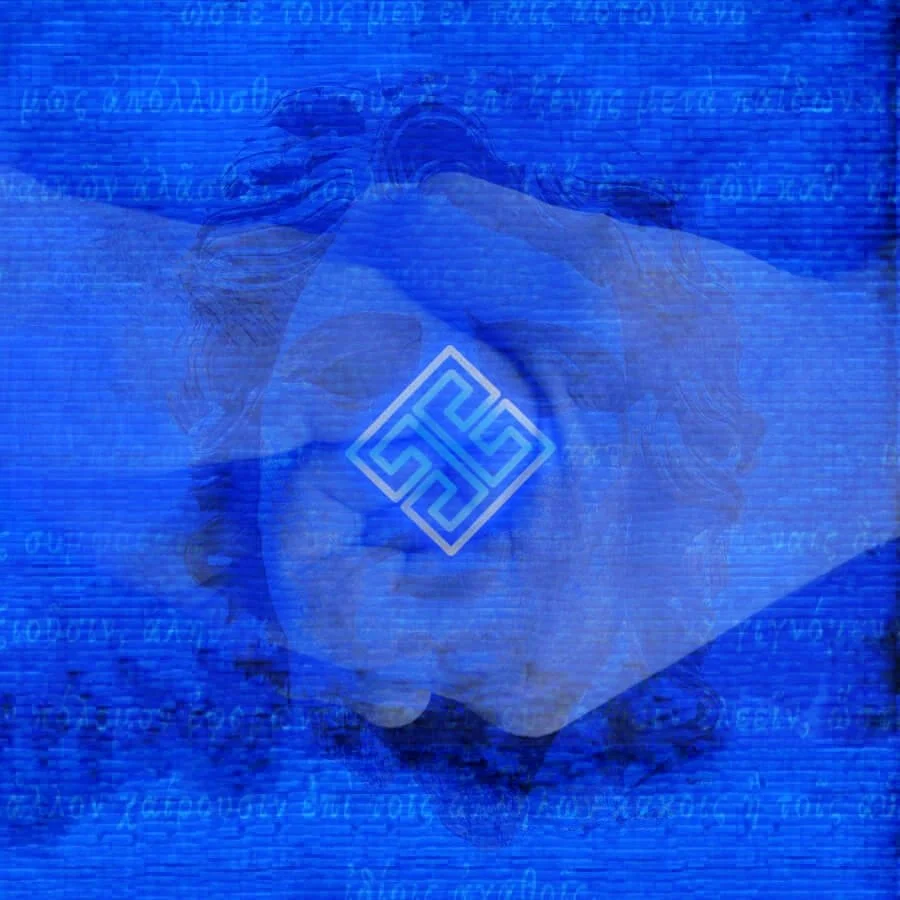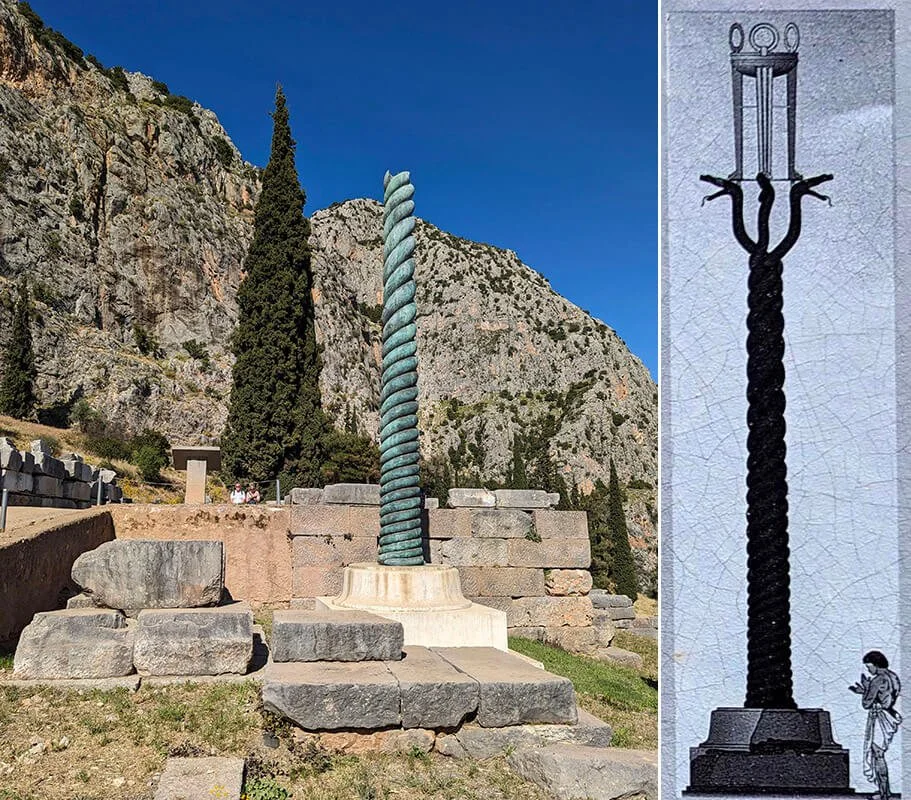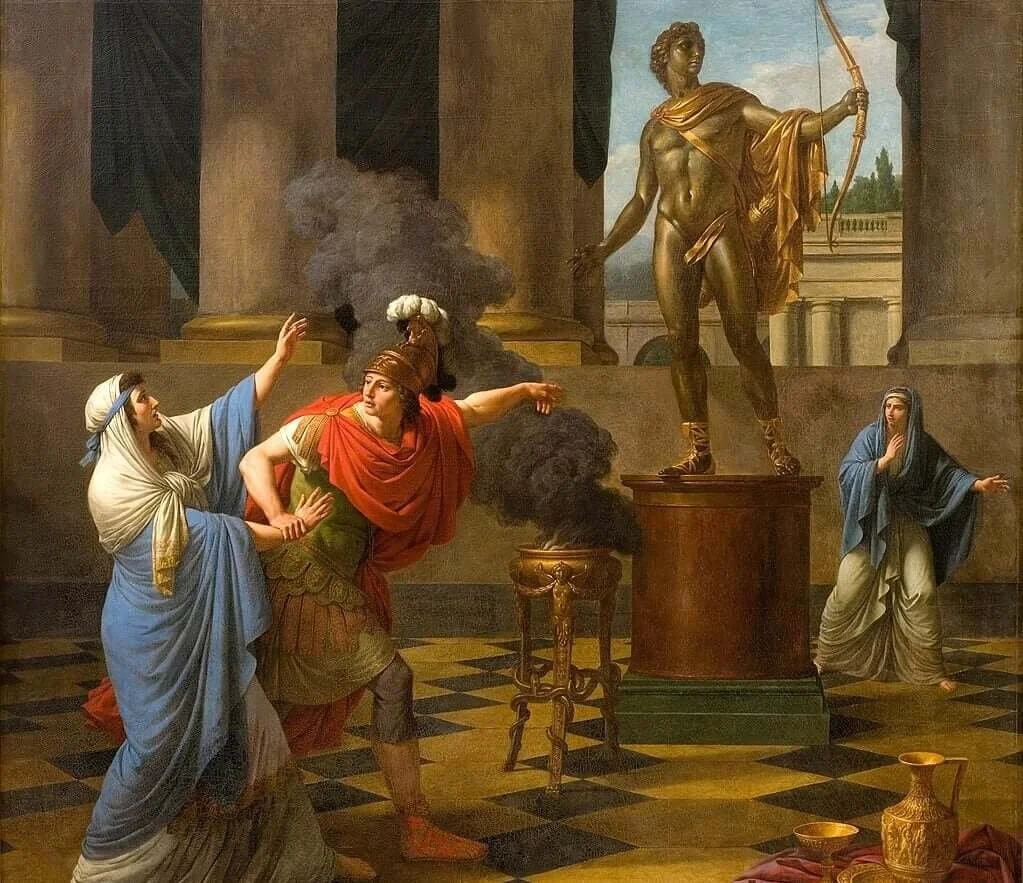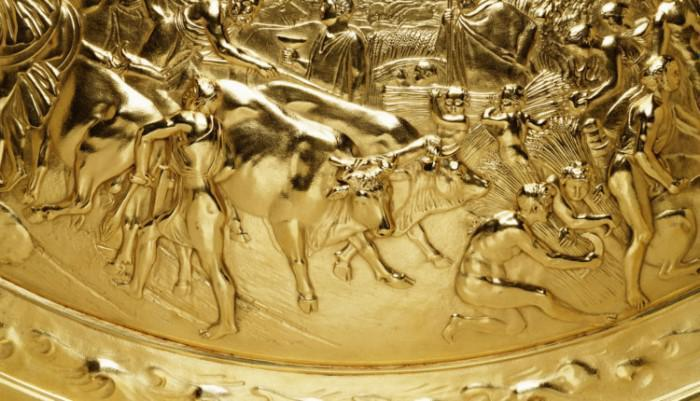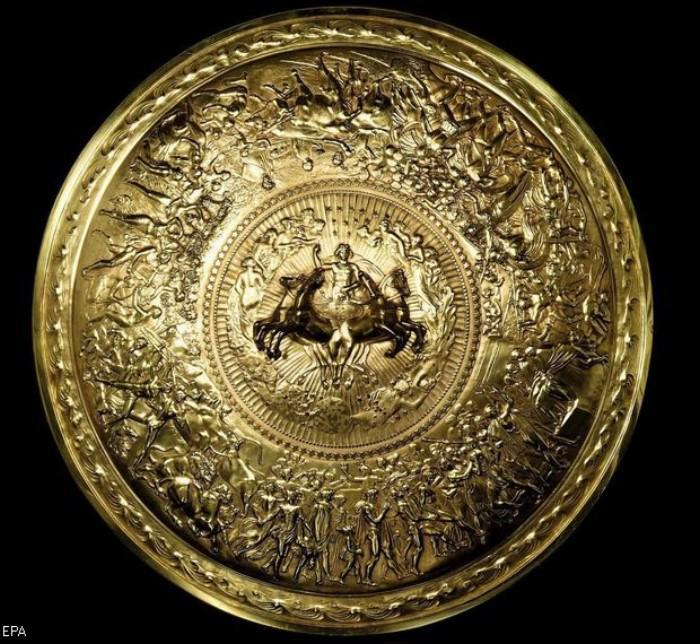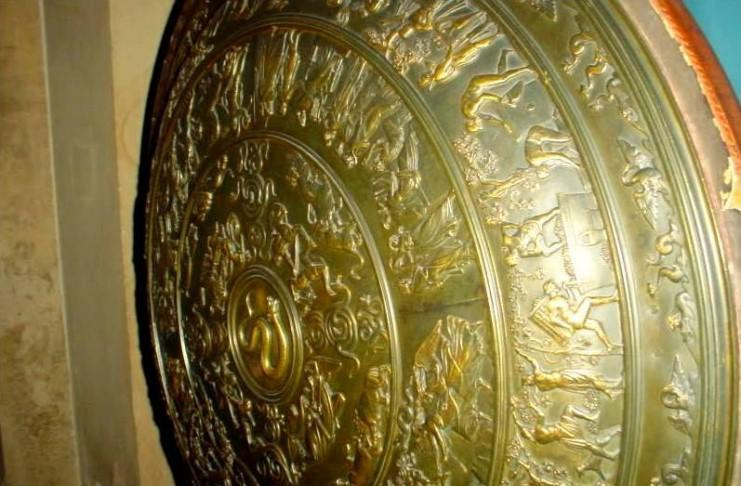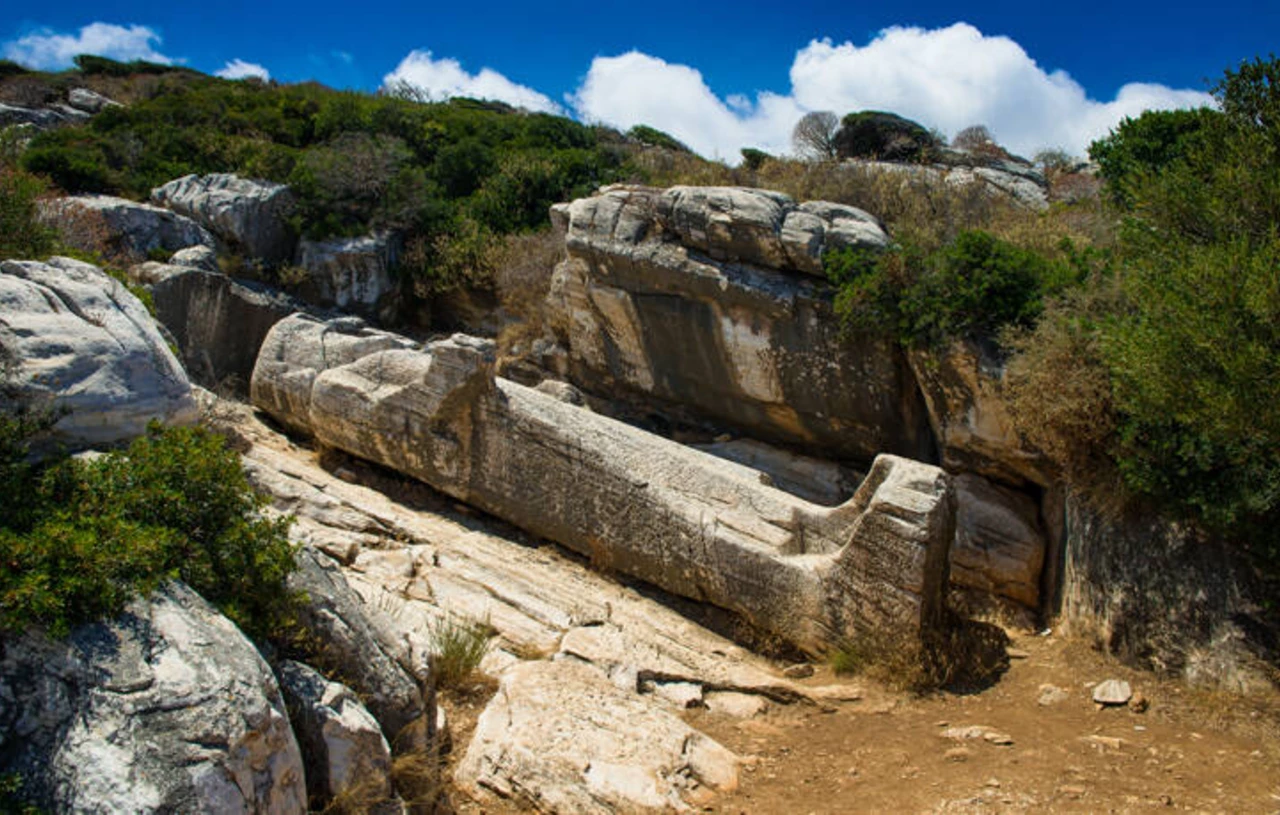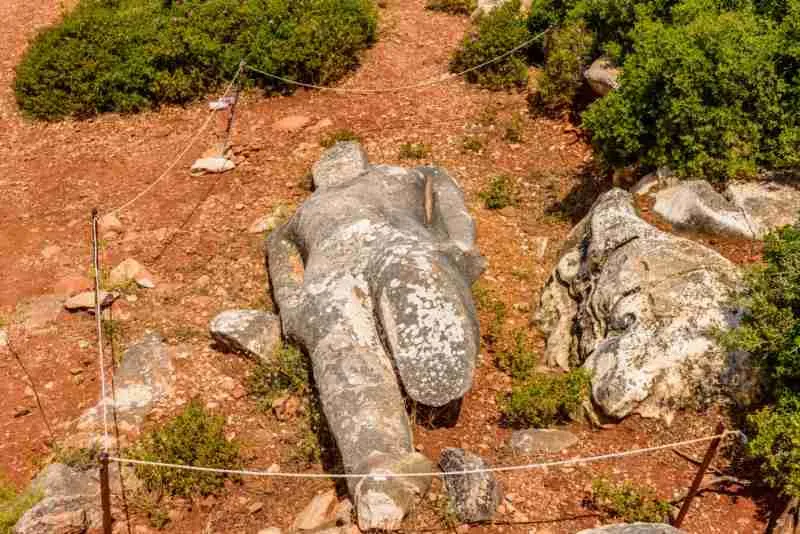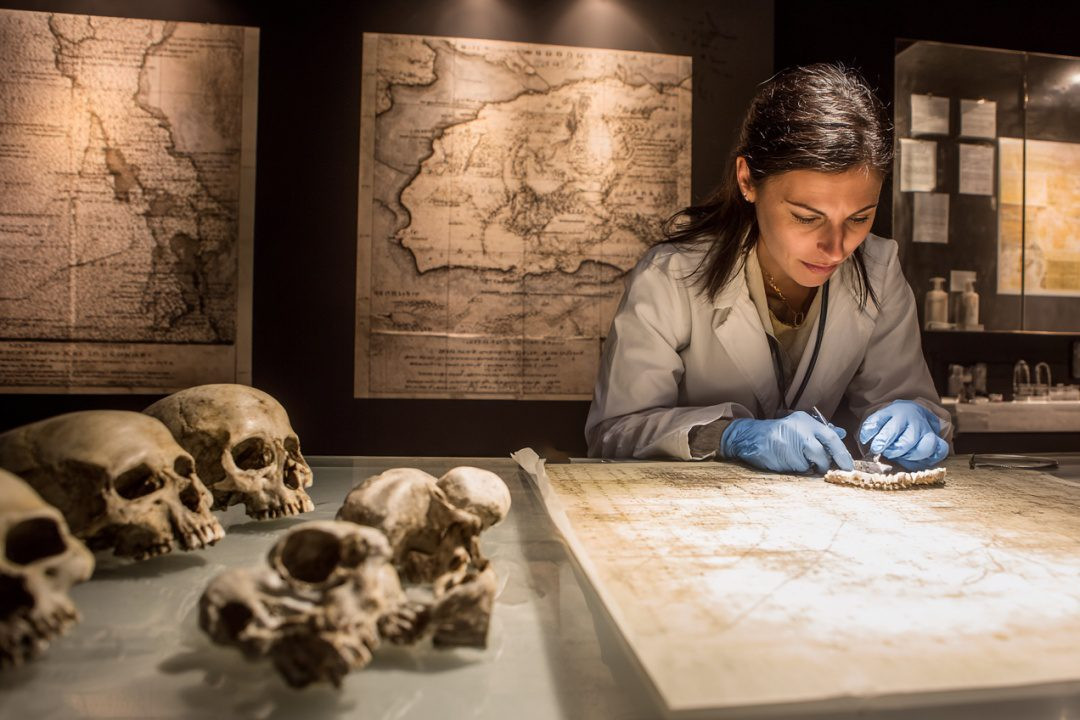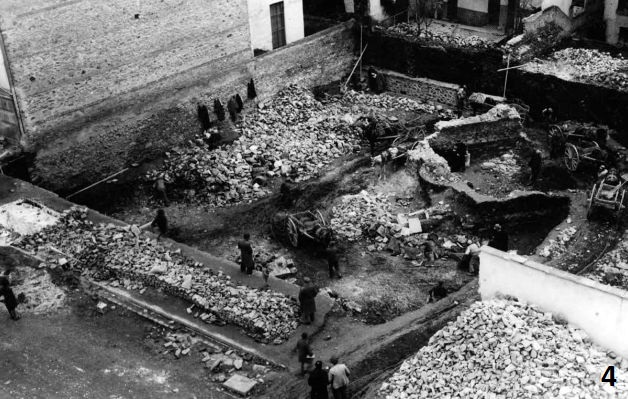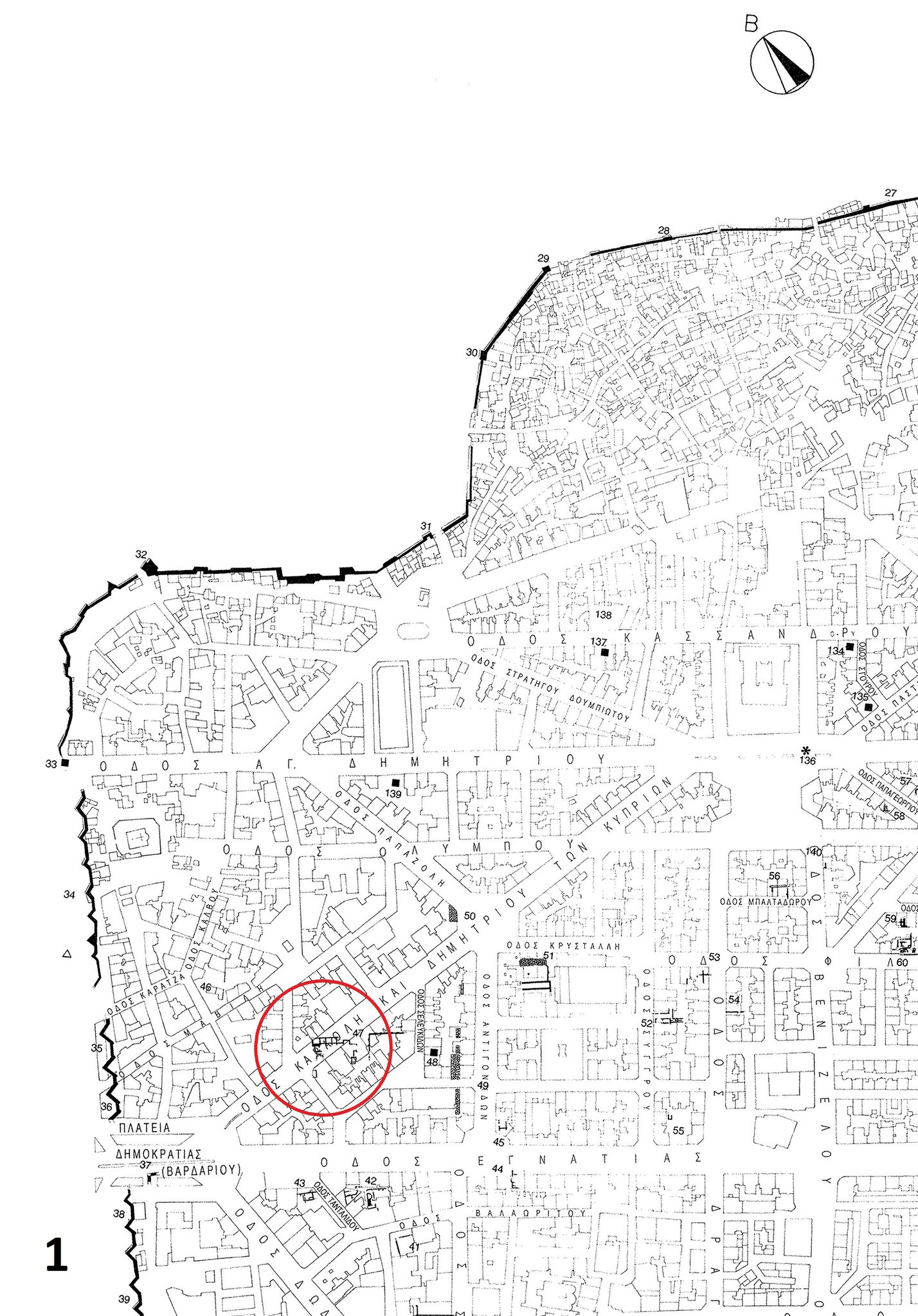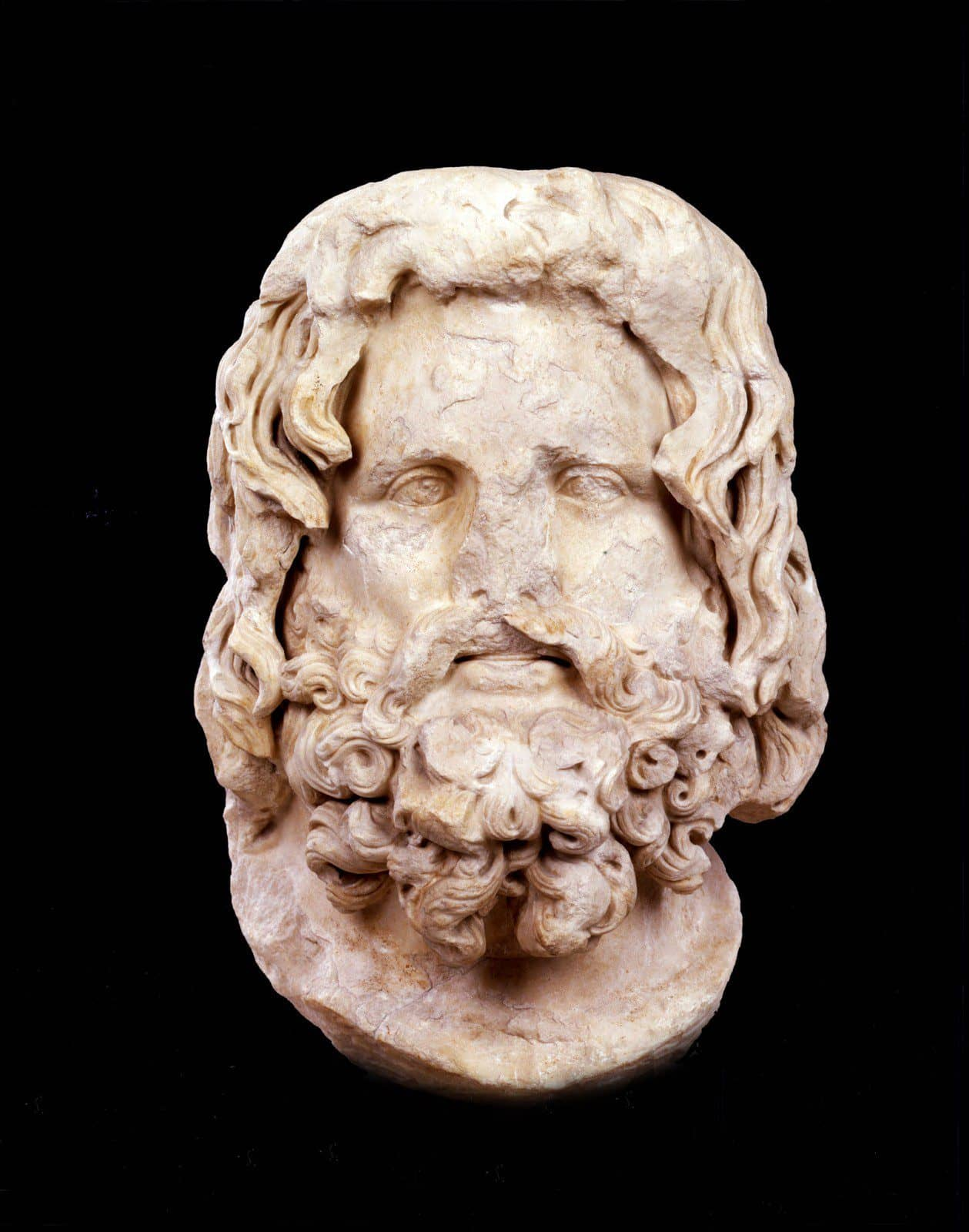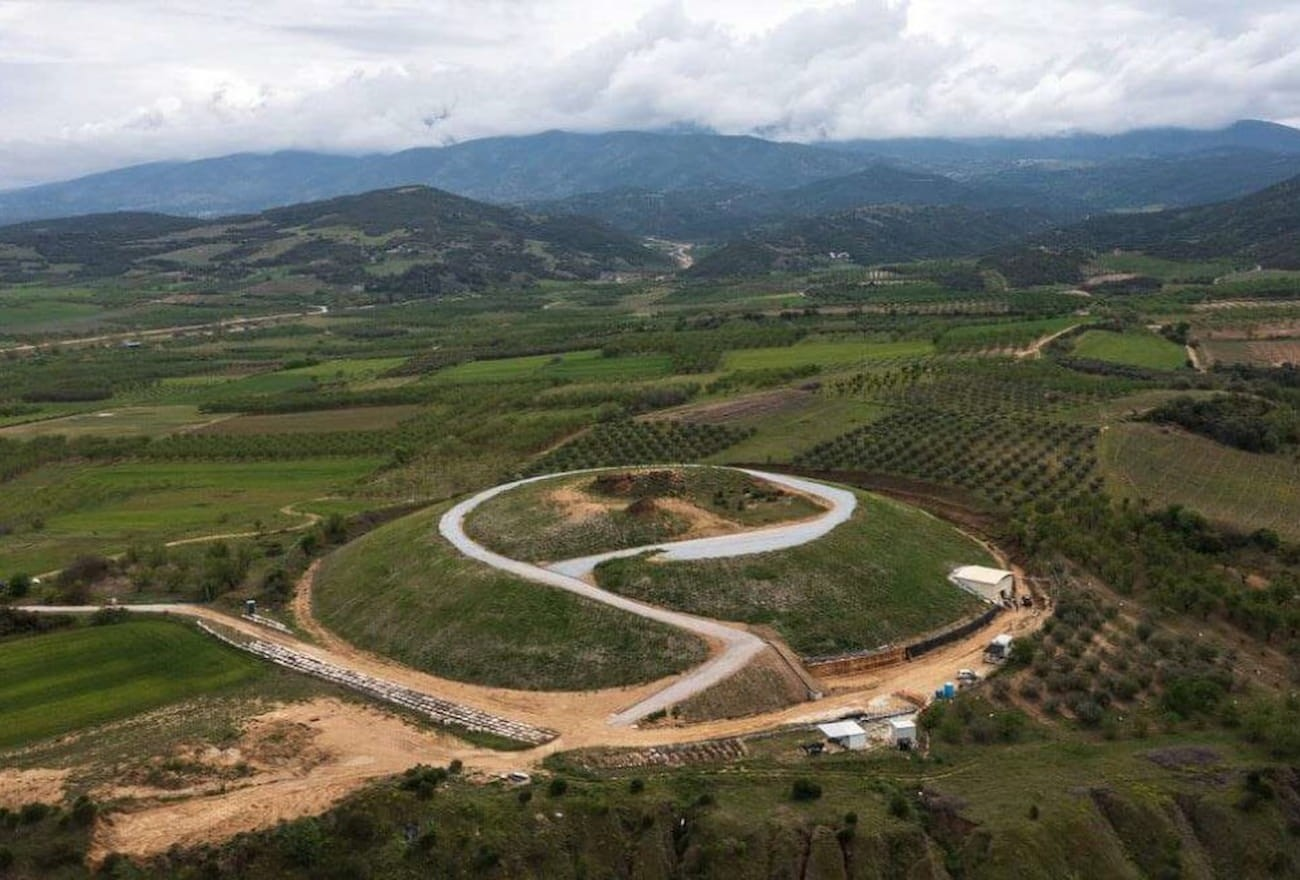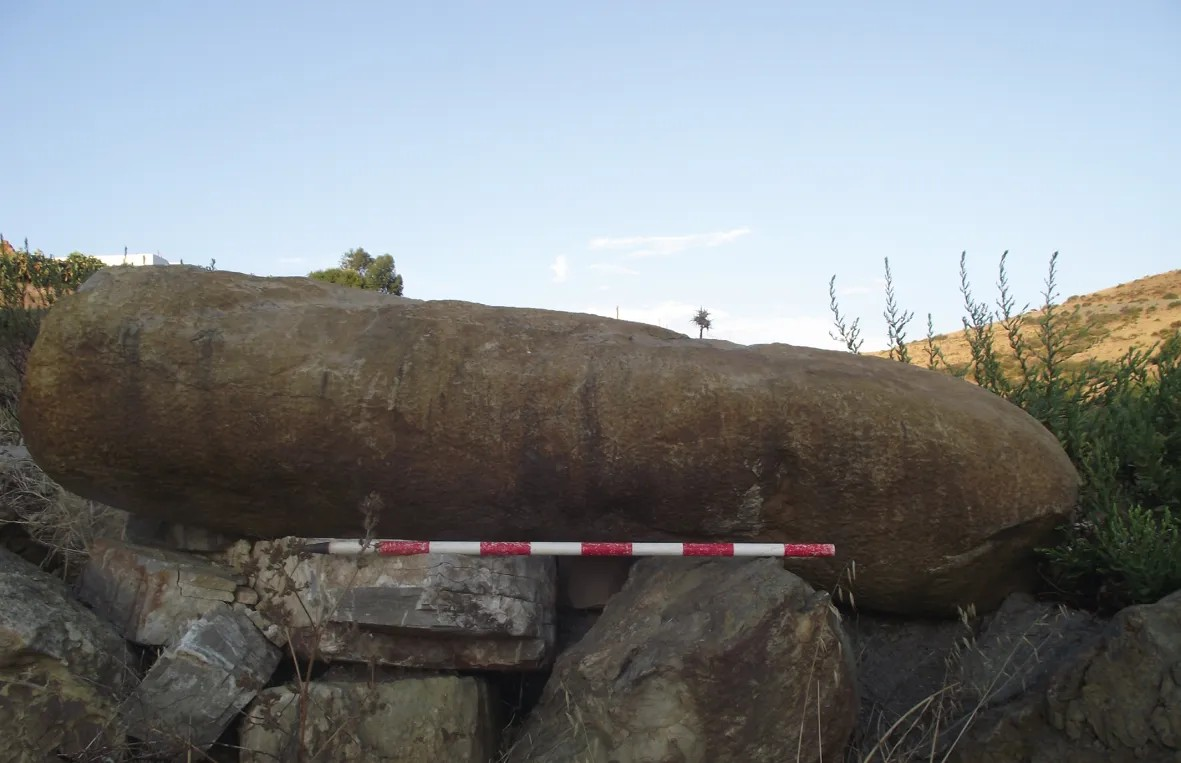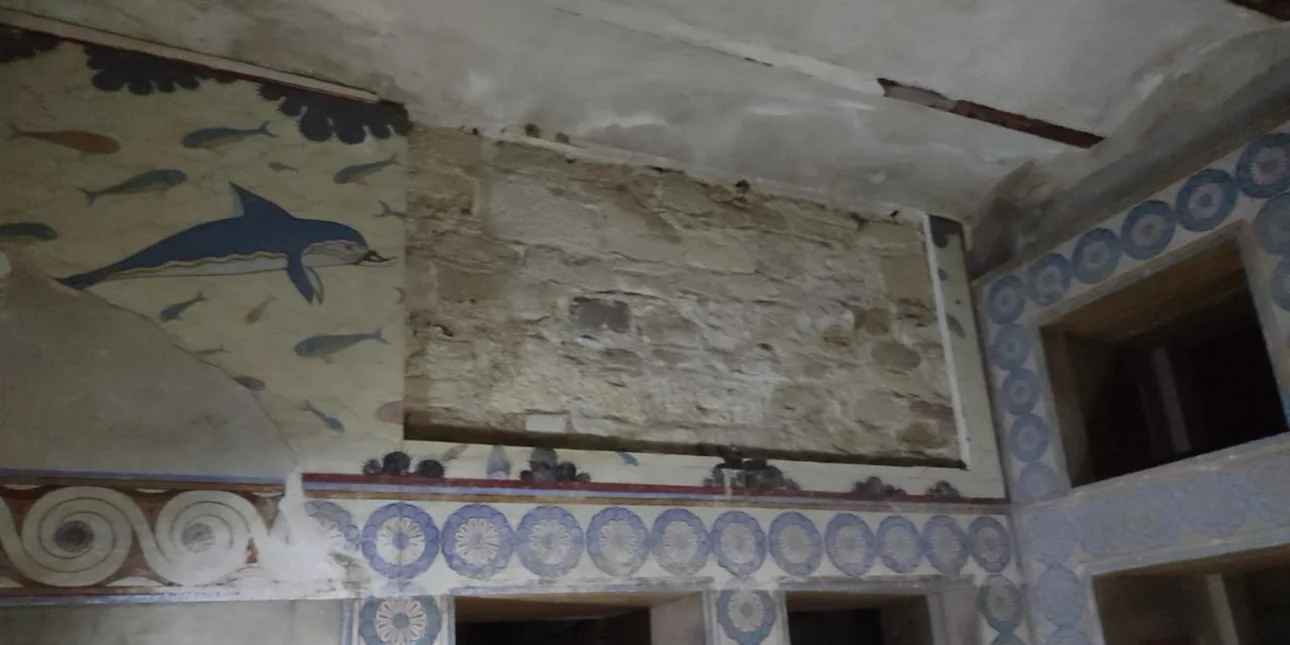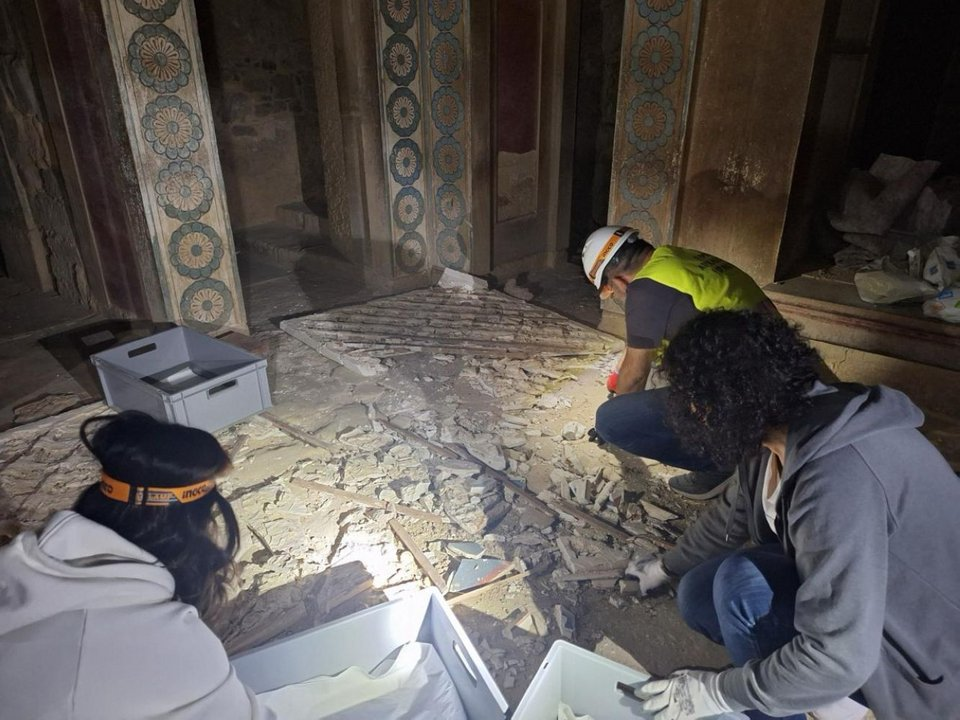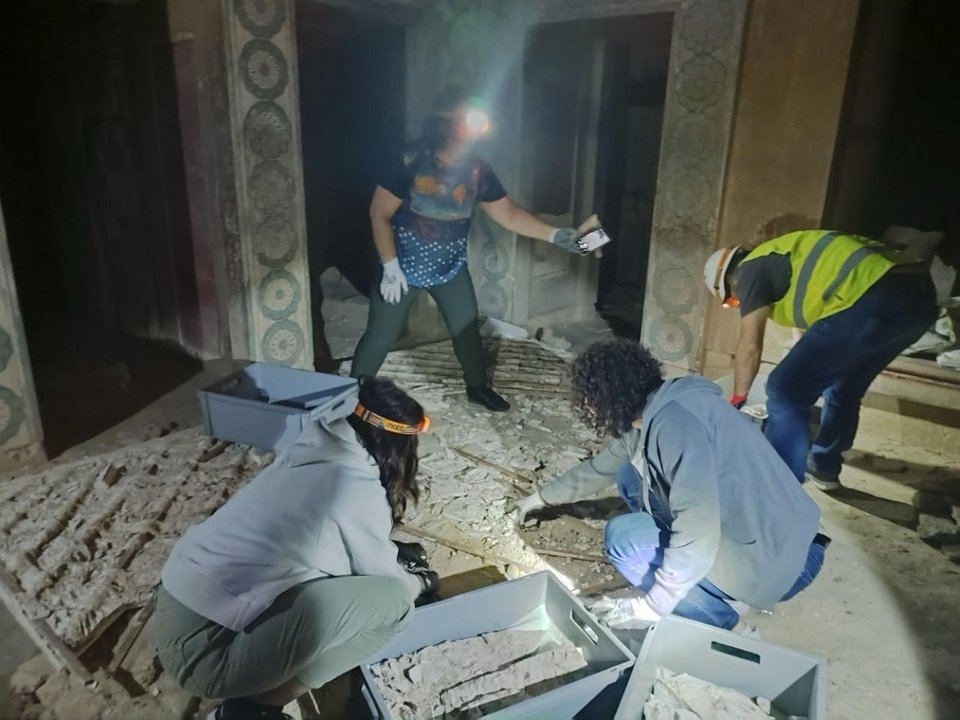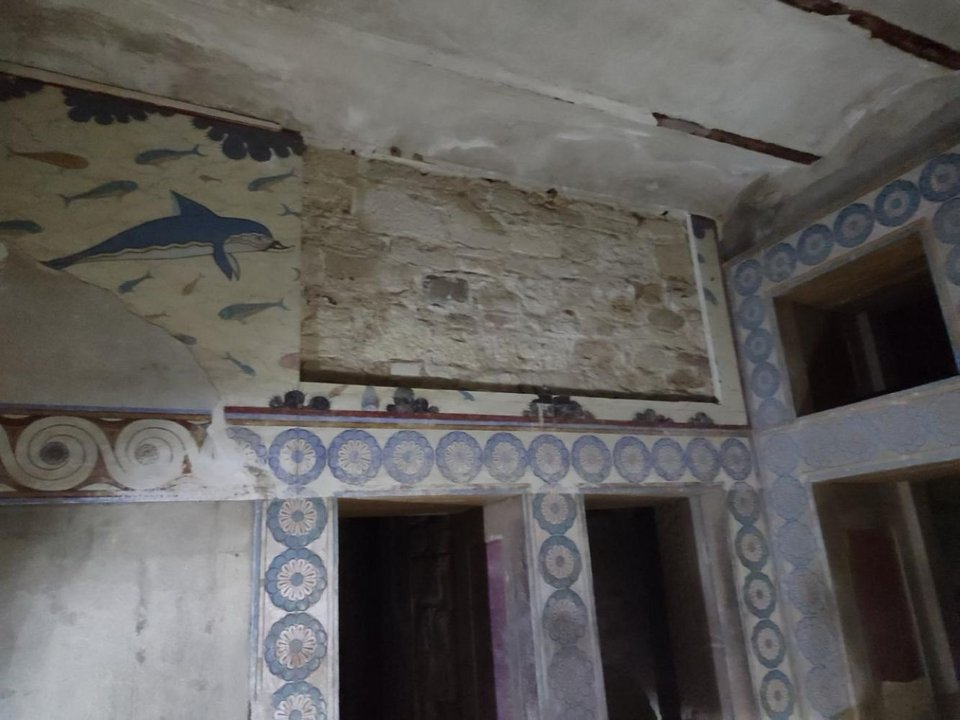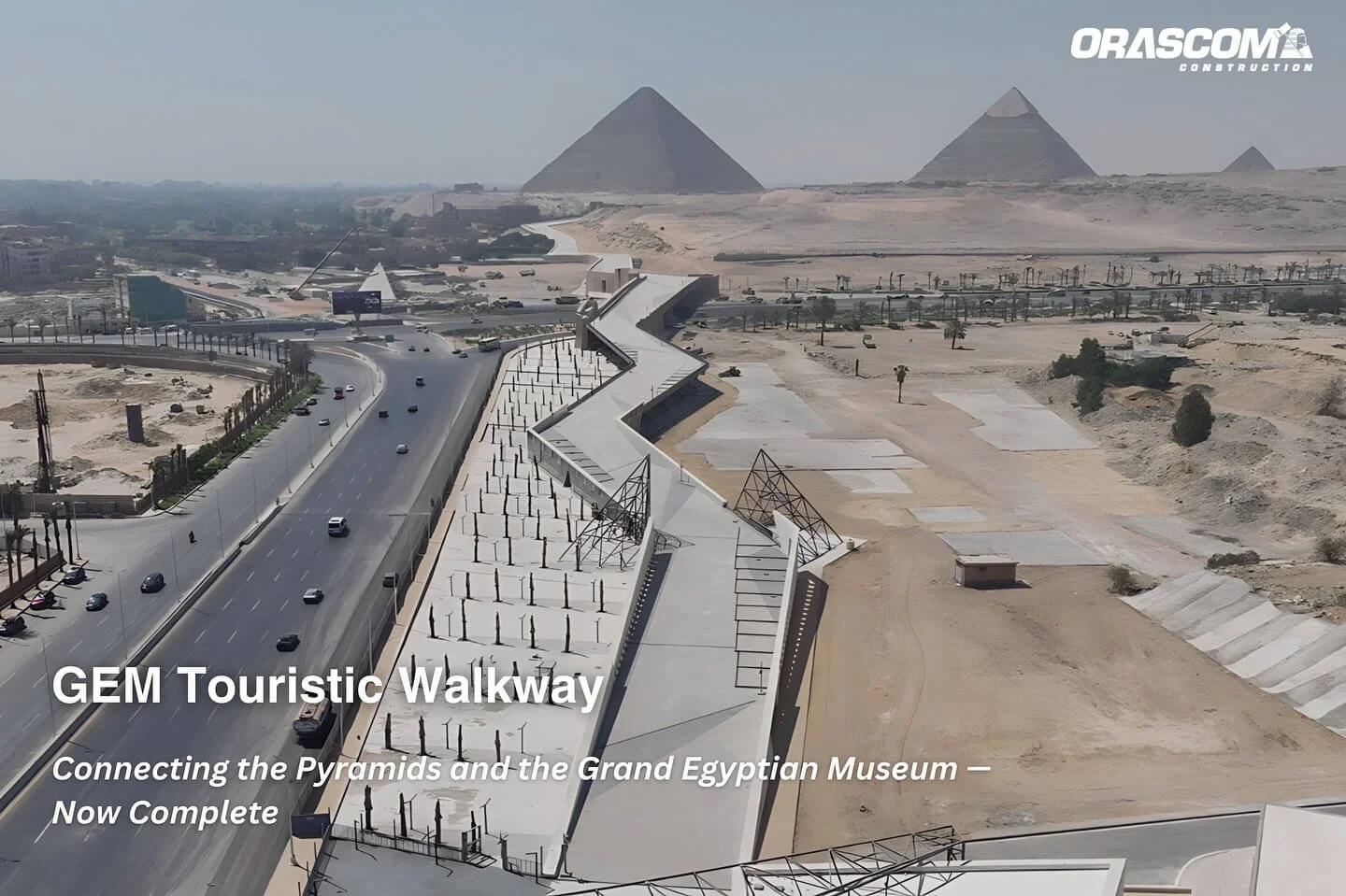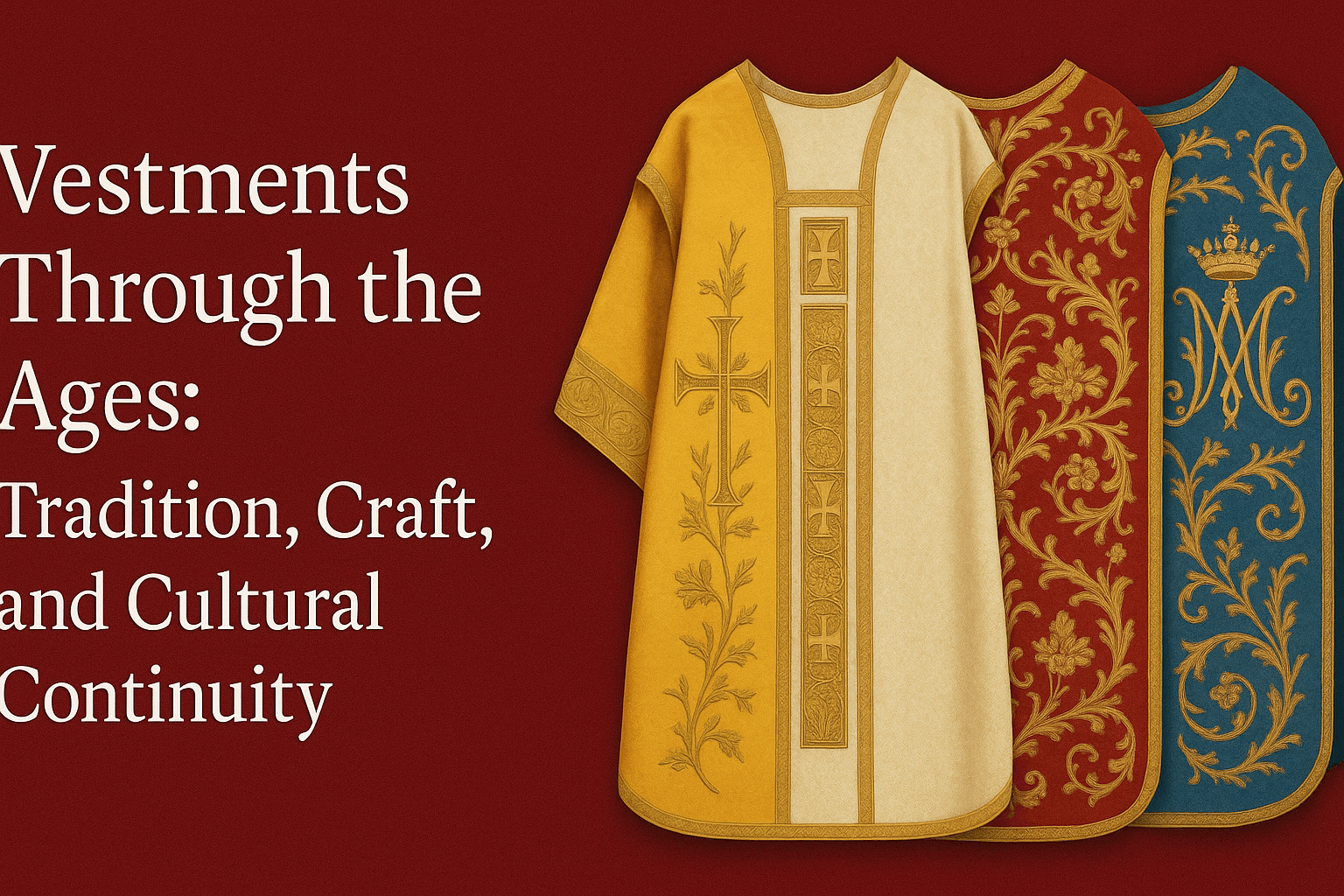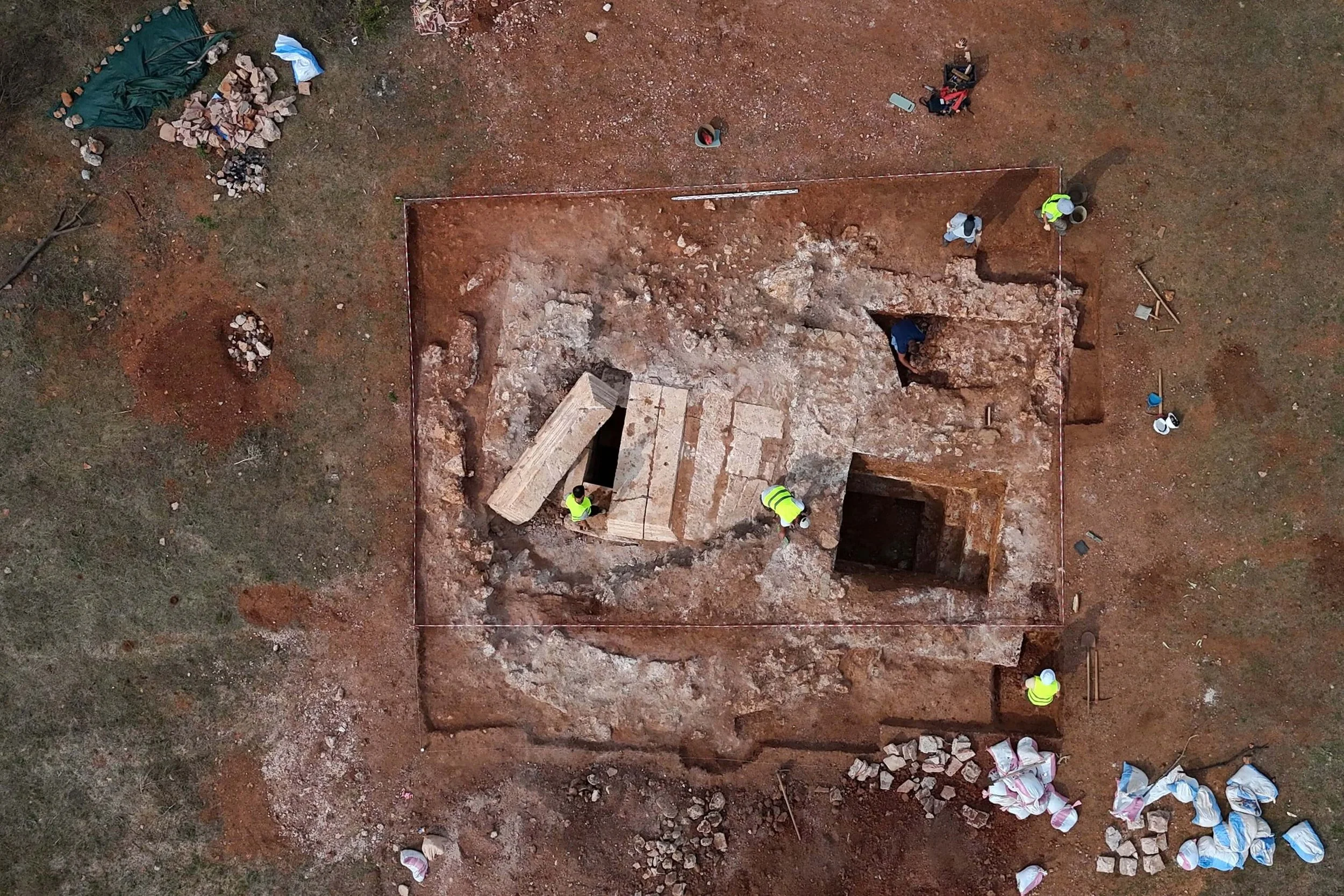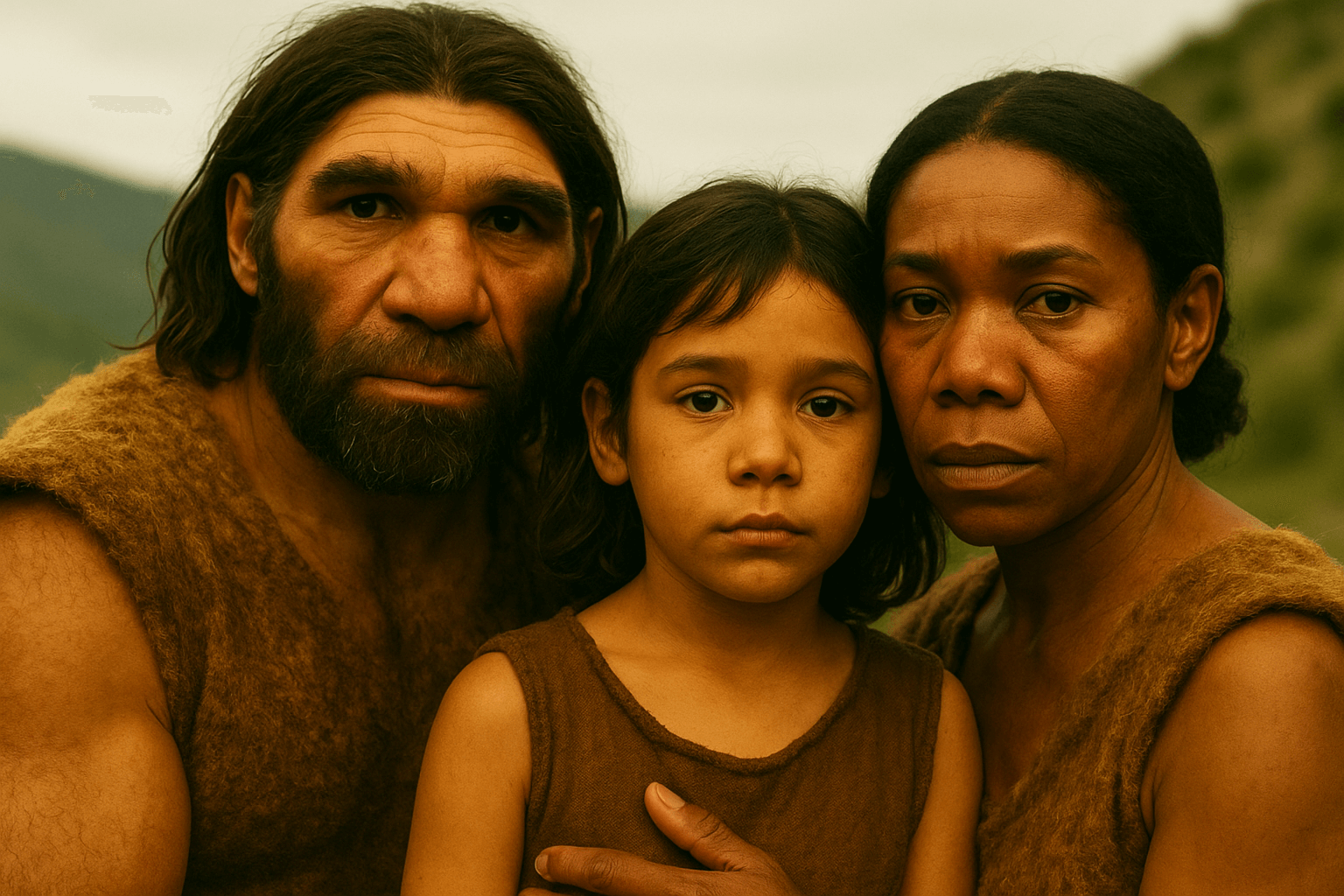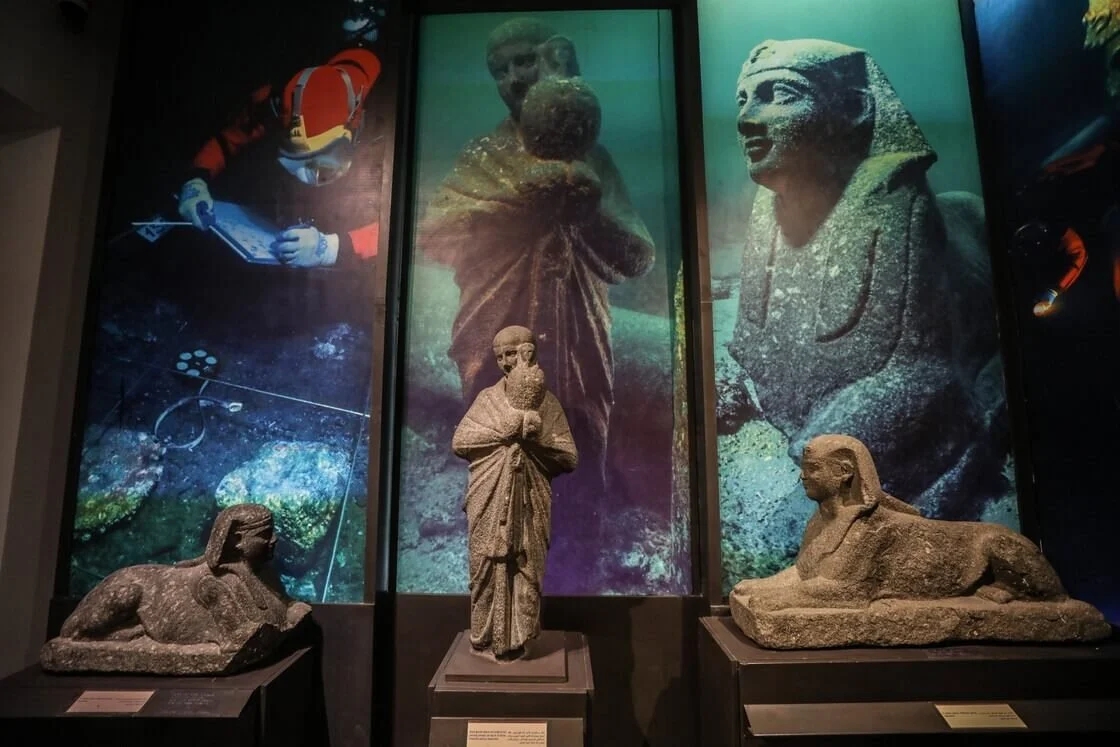A recent interdisciplinary study by Johan Oosthuizen, titled “The Aryan Hypothesis: Identifying the Israelites”, challenges the prevailing view that the ancient Israelites were indigenous to Canaan. Integrating archaeogenetics, historical linguistics, scriptural analysis, and material culture, the research proposes that the Israelites were a genetically and phenotypically distinct population closely related to Middle to Late Bronze Age (MLBA) steppe cultures of Northern and Western Europe.
Methodology and Genetic Findings
Utilizing qpAdm admixture modeling, linkage disequilibrium analysis, and Y-DNA haplogroup tracking, the study identifies a significant influx of Steppe_MLBA-like ancestry into the Lebanese genome beginning around 1750 BCE, peaking around 960 BCE, and gradually increasing thereafter. This genetic input, particularly evident in Y-DNA haplogroups R1b and R1a, aligns temporally with the expansion of the Israelites and other Abrahamic groups into the Levant. The study argues that this influx cannot be attributed to known regional conquests by Assyrians, Persians, Macedonians, or Sea Peoples, suggesting instead a direct migration of an unadmixed population bearing a composite Steppe, Western Hunter-Gatherer (WHG), and Anatolian Neolithic Farmer (ANF) profile.
Phenotypic and Cultural Corroboration
Ancient depictions and genetic reconstructions indicate that the Israelites exhibited features consistent with Steppe_MLBA populations, including fair pigmentation, blue or green eyes, and intermediate to light hair color. Additionally, the presence of lactase persistence among the Israelites supports this connection, as such traits are prevalent in Steppe-descended populations. Culturally, Israelite practices such as patriarchy, pastoralism, metalworking, and chariot use mirror those of Steppe traditions. Linguistically, Hebrew shares Indo-European etymological patterns, including motifs rare in Afro-Asiatic languages, further supporting the hypothesis of a Steppe origin.
Conclusion
This study presents a compelling case for reevaluating the origins of the ancient Israelites, suggesting that they were not indigenous to Canaan but rather descended from Northern European populations associated with Steppe_MLBA cultures. The integration of genetic, phenotypic, linguistic, and cultural evidence provides a comprehensive framework for understanding the complex ancestry of the Israelites and their impact on the genetic landscape of the Levant.
For a detailed exploration of the study, you can access the full article here: The Aryan Hypothesis: Identifying the Israelites.
















